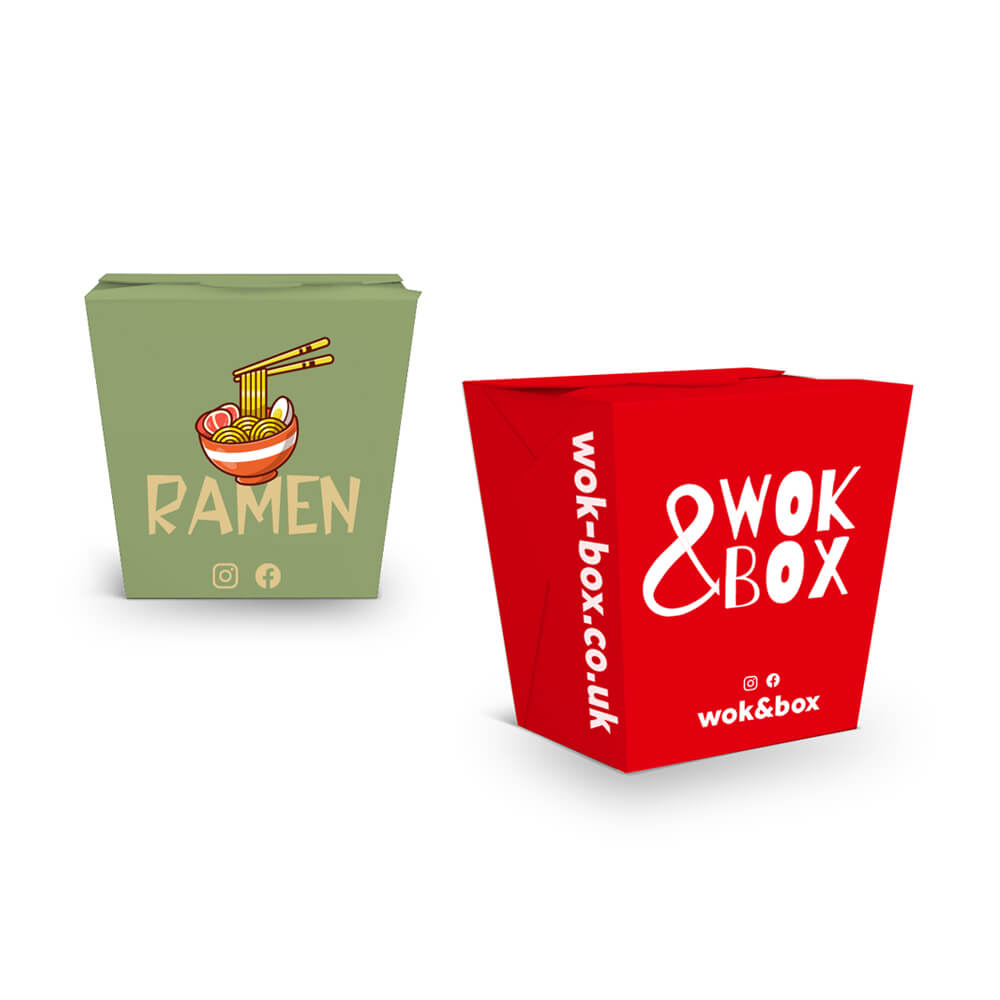The Evolution and Importance of Wine Packaging
Wine has been cherished for centuries, serving as a symbol of culture, celebration, and indulgence. As the wine industry has evolved, so too has the packaging that encases this beloved beverage. Wine packaging is more than just a vessel; it plays a crucial role in preserving quality, communicating branding, and enhancing consumer experience. In this article, we will explore the evolution, significance, and future trends of wine packaging.
The Historical Perspective
Historically, wine was stored in clay amphorae, which date back thousands of years. These ancient containers were effective in storing wine, but they lacked the protective qualities of modern packaging. The introduction of glass bottles in the 17th century marked a significant turning point in wine packaging. Glass provided an impermeable barrier against gases and contaminants, thus enhancing the wine's longevity and ensuring better quality.
In the 19th century, the adoption of corks for sealing wine bottles became widespread. Cork not only served as a closure but also allowed for minimal oxygen exchange, which is essential for the aging process of many wines. The traditional wine packaging approach — glass bottles sealed with cork — has remained largely unchanged, but innovations and alternative packaging options are gaining momentum.
Contemporary Innovations
Today, wine packaging goes beyond just protection and preservation
. It is a vital component of marketing and branding. With the rise of e-commerce, wine brands are investing in eye-catching designs that attract consumers' attention and convey their unique identity. Sleek and elegant designs, coupled with innovative labeling techniques, help brands stand out on crowded shelves.Bag-in-box packaging, once relegated to low-quality wines, has seen a resurgence in recent years. This format offers convenience and sustainability, appealing to a more eco-conscious consumer base. The ability to store wine for weeks without spoilage makes it an attractive option for casual drinkers and large gatherings.
Sustainable packaging is becoming increasingly important as consumers are more environmentally conscious. Many wineries are exploring eco-friendly materials, such as recycled glass, lightweight bottles, and alternative closures such as composite corks. These initiatives not only reduce the carbon footprint but also resonate with consumers who prioritize sustainability in their purchasing decisions.
The Role of Technology
wine packaging

The advancement of technology plays a significant role in the evolution of wine packaging. Smart labels equipped with QR codes and NFC (Near Field Communication) chips are becoming more common. These technologies provide consumers with instant access to information about the wine's origin, tasting notes, and even food pairing suggestions, enhancing the overall consumer experience.
Moreover, temperature-sensitive labels that change color based on the wine's temperature are gaining traction. These labels allow consumers to determine the perfect serving temperature at a glance, ensuring an optimal tasting experience.
The Consumer Experience
At the heart of wine packaging is the consumer experience. Packaging serves as the first point of contact between the consumer and the product. An attractive and informative package can influence purchasing decisions and enhance the overall enjoyment of the wine. The sensory experience begins with the visual appeal, but it extends to touch and even sound, as the pop of a cork can evoke excitement.
In the premium wine segment, packaging is particularly important. High-end wines often come in intricately designed boxes, emphasizing luxury and exclusivity. The unboxing experience is carefully curated, allowing consumers to feel special and valued.
Future Trends
The future of wine packaging is likely to be shaped by ongoing shifts in consumer preferences and technological advancements. As wine consumption continues to diversify, packaging solutions will need to cater to various markets, including millennials and Gen Z, who prioritize convenience and sustainability.
We can anticipate further innovation in sustainable practices and the use of materials that have a lower ecological impact. Additionally, the integration of digital elements into packaging will enhance the connection between consumers and brands.
In conclusion, wine packaging is an ever-evolving aspect of the wine industry that plays a crucial role in quality preservation, branding, and consumer experience. As technology advances and consumer preferences shift, the future promises exciting developments in this vital area, blending tradition with innovation to meet the needs of modern wine lovers.



